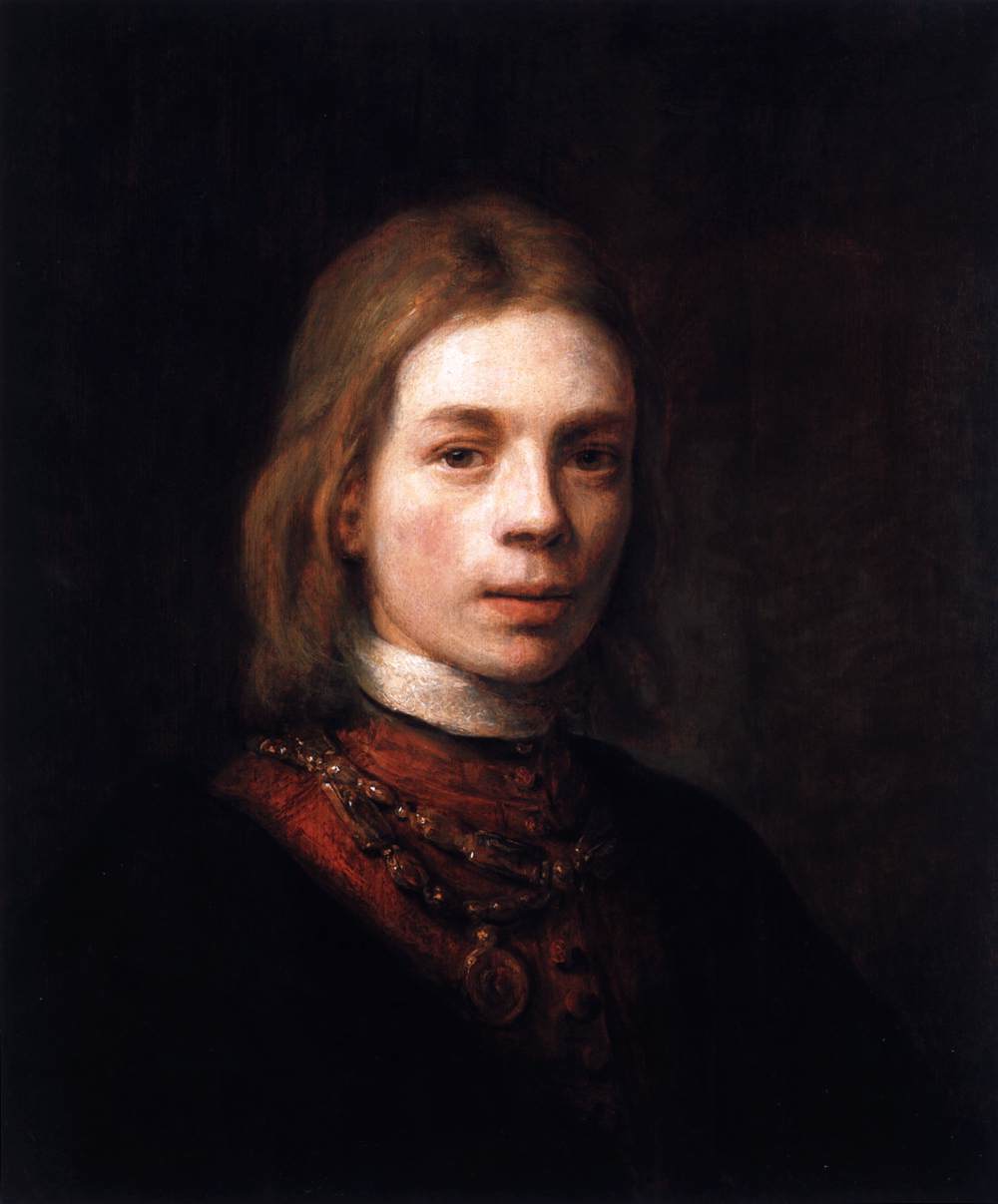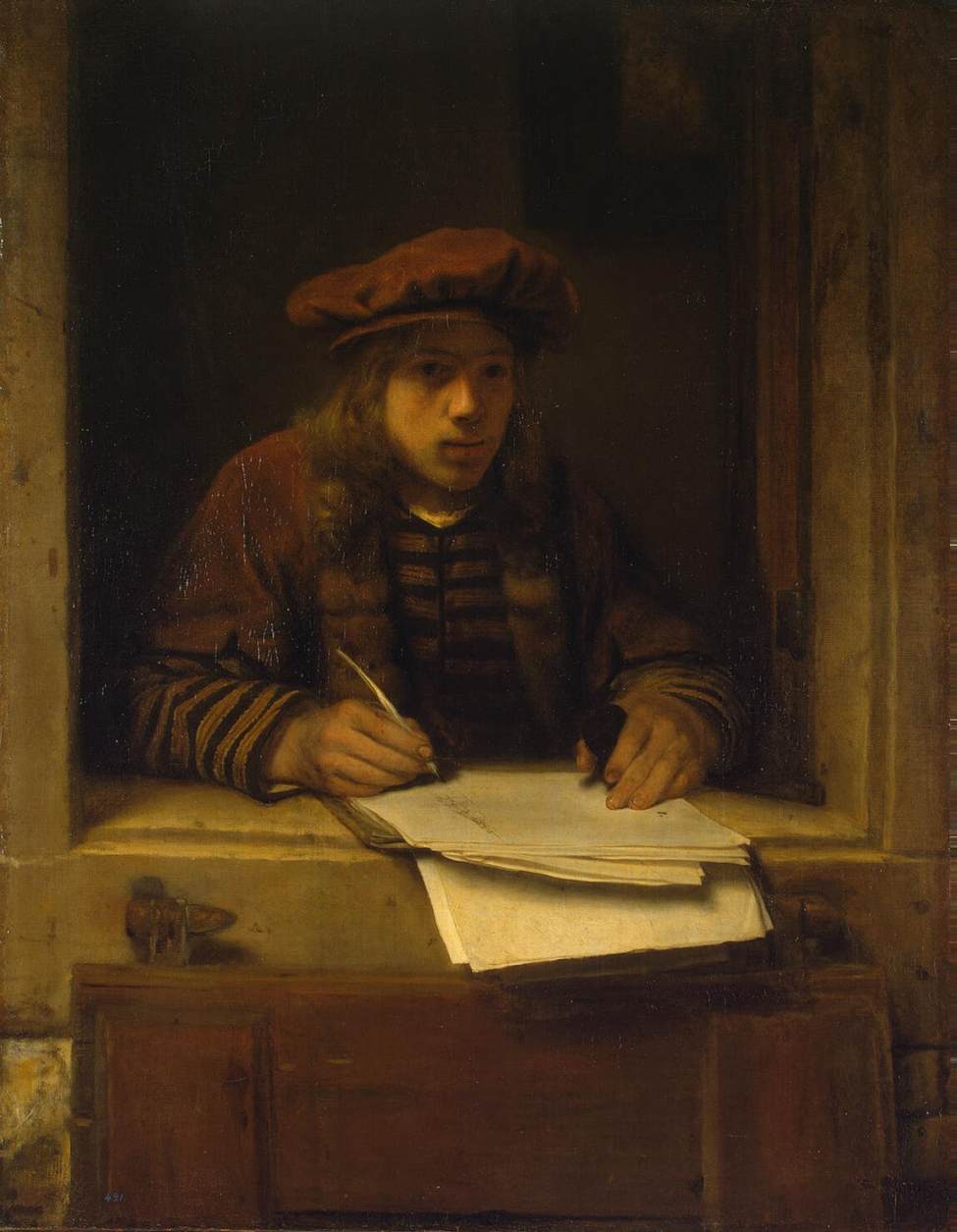Description
Dutch artist Samuel Van Hoogstraten's painting Self-Portrait is a fascinating work that shows us the artist in a moment of introspection and reflection. The artistic style used by Van Hoogstraten is Dutch Baroque, characterized by precision in detail and rich contrasts of light and shadow.
The composition of the work is interesting, since the artist represents himself in a closed space, surrounded by objects that seem to have a symbolic meaning. The figure of the artist is at the center of the work, with a serious and deep gaze that seems to invite us to delve into his inner world.
The use of color in the painting is sober, with a predominance of dark and earthy tones that accentuate the sensation of introspection and reflection. However, the artist's face is illuminated by a soft light that gives him a sense of mystery and depth.
The history of the painting is interesting, since it is believed that it was made in the year 1647, when Van Hoogstraten was just 23 years old. This demonstrates the skill and precocious talent of the artist, who managed to create such a complex and profound work at such a young age.
Little-known aspects of the painting include the possible symbolic relationship between the objects that surround the artist and his personal life. For example, the book on the table could be a reference to your interest in literature and philosophy, while the hourglass could symbolize the transience of time and human mortality.
In summary, Samuel Van Hoogstraten's painting Self-Portrait is a fascinating work that invites us to delve into the artist's inner world and reflect on the transience of human life. With its precise and detailed artistic style, its symbolic composition and understated use of colour, this work is a testament to the Dutch artist's talent and skill.


